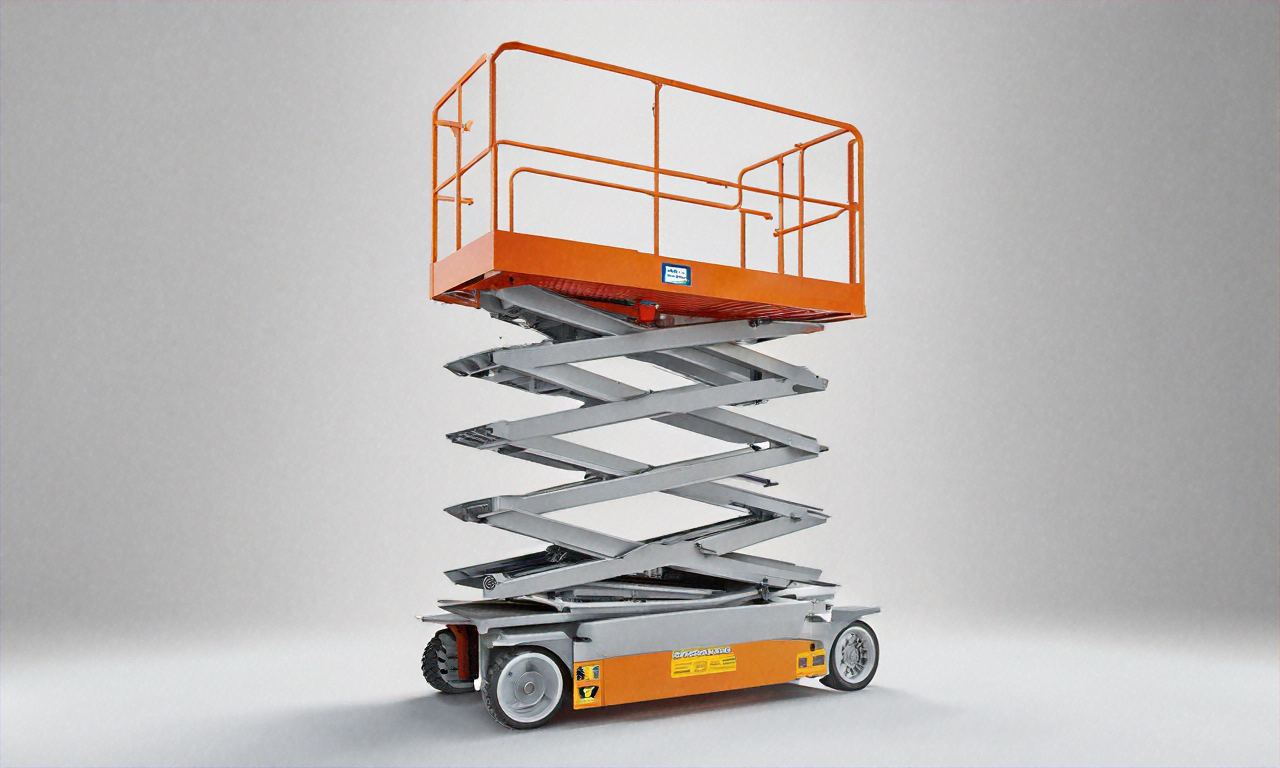What To Know About Scissor Lifts In 2025 - A Comprehensive Guide
Scissor lifts have become indispensable equipment across various industries, offering safe and efficient vertical access solutions for workers and materials. As we move through 2025, understanding the latest developments in scissor lift technology, pricing trends, and applications can help businesses make informed decisions about their aerial work platform needs. Whether you're in construction, maintenance, warehousing, or any industry requiring elevated access, knowing what to expect from modern scissor lifts will ensure you choose the right equipment for your specific requirements.

What To Know About Scissor Lifts In 2025
The scissor lift industry continues to evolve with technological advancements and enhanced safety features. In 2025, manufacturers are focusing on improved battery technology, with lithium-ion batteries becoming more prevalent due to their longer runtime and faster charging capabilities. Electric models now offer comparable performance to their diesel counterparts while providing zero emissions for indoor applications. Additionally, smart technology integration allows for remote diagnostics, fleet management systems, and enhanced operator training programs. Many modern scissor lifts now feature improved platform controls, LED lighting systems, and advanced stability monitoring to reduce workplace accidents and increase productivity.
Types of Scissor Lifts
Understanding the various types of scissor lifts available helps determine the most suitable option for specific applications. Electric scissor lifts remain popular for indoor use, offering quiet operation and zero emissions, making them ideal for retail environments, warehouses, and manufacturing facilities. Rough terrain scissor lifts feature larger tires, higher ground clearance, and more robust construction for outdoor construction sites and uneven surfaces. Compact or narrow scissor lifts are designed for tight spaces and can navigate through standard doorways, perfect for maintenance work in confined areas. Hydraulic scissor lifts provide powerful lifting capabilities for heavy-duty applications, while pneumatic models offer lightweight solutions for specialized tasks requiring minimal weight impact on floors.
Scissor Lift Key Features
Modern scissor lifts incorporate numerous features designed to enhance safety, efficiency, and user experience. Platform capacity typically ranges from 500 to 2,500 pounds, with working heights extending from 10 to 50 feet depending on the model. Safety features include emergency lowering systems, tilt sensors, platform overload protection, and positive traction drive systems. Many units now offer 360-degree platform rotation, extendable platforms for increased reach, and advanced control systems with diagnostic displays. Environmental considerations have led to improved fuel efficiency in combustion models and extended battery life in electric versions. Additionally, manufacturers are incorporating better ergonomic designs, improved visibility features, and enhanced maintenance accessibility to reduce downtime and operational costs.
Scissor Lift Uses
The versatility of scissor lifts makes them valuable across numerous industries and applications. Construction companies utilize them for electrical work, HVAC installation, painting, and general maintenance tasks at various heights. Warehouse and distribution centers rely on scissor lifts for inventory management, lighting maintenance, and facility upkeep. Retail environments use compact models for store setup, signage installation, and routine maintenance without disrupting customer traffic. Manufacturing facilities employ scissor lifts for equipment maintenance, assembly line support, and facility cleaning. Event management companies use them for stage setup, lighting installation, and audio-visual equipment positioning. Tree care services, painting contractors, and facility maintenance teams also depend on scissor lifts for their elevated access needs.
Scissor Lift Prices in 2025
The cost of scissor lifts varies significantly based on type, size, features, and whether you’re purchasing new, used, or renting equipment. New electric scissor lifts typically range from $15,000 to $45,000, while rough terrain models can cost between $25,000 and $75,000. Compact models generally fall on the lower end of pricing scales, while heavy-duty units with extended reach capabilities command premium prices. Daily rental rates typically range from $150 to $400, weekly rates from $500 to $1,200, and monthly rentals from $1,200 to $3,500, depending on specifications and local market conditions.
| Equipment Type | Price Range (New) | Daily Rental | Monthly Rental |
|---|---|---|---|
| Compact Electric (19-26 ft) | $15,000 - $25,000 | $150 - $200 | $1,200 - $1,800 |
| Standard Electric (32-40 ft) | $25,000 - $35,000 | $200 - $300 | $1,800 - $2,500 |
| Rough Terrain (26-32 ft) | $30,000 - $50,000 | $250 - $350 | $2,000 - $2,800 |
| Heavy-Duty (40-50 ft) | $50,000 - $75,000 | $300 - $400 | $2,500 - $3,500 |
Prices, rates, or cost estimates mentioned in this article are based on the latest available information but may change over time. Independent research is advised before making financial decisions.
Rental vs Purchase Considerations
Deciding between renting and purchasing scissor lifts depends on usage frequency, project duration, and budget considerations. Renting offers flexibility for short-term projects, access to newer equipment with latest safety features, and elimination of maintenance responsibilities. It’s often more cost-effective for occasional use or when trying different models before purchasing. Purchasing becomes advantageous for businesses with consistent, long-term needs, as ownership eliminates ongoing rental costs and provides immediate equipment availability. Consider factors such as storage space, maintenance capabilities, operator training requirements, and insurance implications when making this decision. Many companies adopt a hybrid approach, owning commonly used models while renting specialized equipment for specific projects.
Understanding scissor lifts in 2025 requires considering technological advances, safety improvements, and evolving market dynamics. From enhanced battery technology and smart features to diverse applications across industries, scissor lifts continue to provide essential vertical access solutions. Whether choosing between different types, evaluating key features, or deciding on rental versus purchase options, thorough research and assessment of specific needs will guide optimal decision-making. As the industry continues to prioritize safety, efficiency, and environmental responsibility, scissor lifts remain valuable investments for businesses requiring reliable elevated access solutions.




